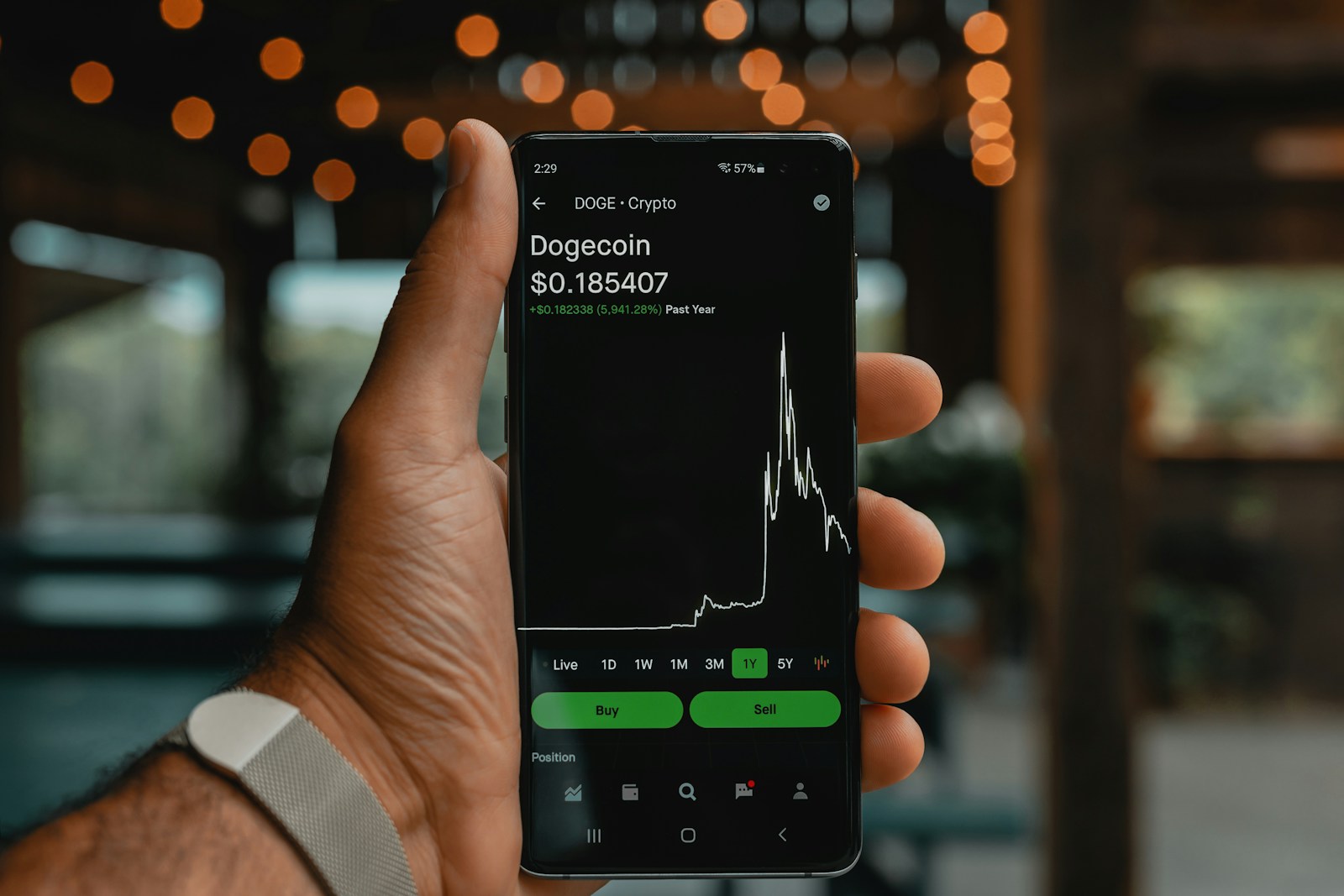Currently, multi-asset trading platforms make use of sophisticated technologies which includes artificial intelligence, machine learning, and blockchain to ensure smooth integration, real-time analytics and quick execution. The establishment and development of these platforms has revolutionized the financial sectors, allowing for efficient, diverse trading worldwide.
Multi-asset trading enables investors to gain access to numerous international marks and assets. This global visibility enables diversification beyond domestic opportunities, decreasing dependence on the economic success of one particular country, or its performance. Advanced Algorithms in multi-asset trading platforms helps in enhancing investment protection with TickTrader PAMM.
It has revolutionized multi-asset trading by facilitating efficient, data-informed decision-making and strategic management of portfolios. Also helps traders recognize opportunities that are in the market and also the risks that are also in the market.
History of Advanced Algorithms
The evolution of advanced algorithms in the multi-asset trading platforms covers a period of four decades in the 1980s, rule-based systems and technical analysis were developed. While in the 2000s, quantitative models, machine learning, and high-frequency trading were also developed. Moving forward, in the 2020s, there was dominance of cloud-based infrastructure, alternative
data sources, and hybrid models.
Advanced algorithms in multi-asset trading platforms involve sophisticated mathematical and computational methods employed to assess and enhance trading choice across different asset categories.
Benefits of advanced algorithms
1. Monitoring of risk
Algorithms continuously assess risk in real-time and adjust positions in the market accordingly, minimizing potential losses. These algorithms are capable of recognizing anomalies, which helps inform traders about possible risks and allows them to take preventive actions. By doing this, traders profit increases.
2. Cross-Asset Trading
Traders can tap into multiple liquidity pools across various asset classes, taking advantage of high-frequency opportunities. For instance, a trader might buy equility, hedge it with a derivative, and simultaneously engage in a foreign exchange position, all as part of the same strategy.
3. Tracking of price
Algorithms constantly track fluctuations in exchange rate and price, facilitating quicker execution of currency exchanges. There are decreased transaction costs, and enhanced trade execution. Auditing and reporting simplify compliance, leading to reduced infrastructure costs. By boosting operational efficiency, traders can use their resources more effectively.
4. Scalability and Flexibility
Advanced algorithms are capable of managing extensive datasets, connecting with different data sources, and adjusting to evolving market conditions. A cloud-based infrastructure facilitates scalability, accommodating numerous trading strategies and assets. The adaptability empowers traders to swiftly react to market changes, modifying their strategies to take advantage of new opportunities.
How Do Algorithms Enhance Investment Security?
1. Adherence to regulatory Requirements
Automated reporting and examination helps in the simplification of the regulatory compliance process, reducing the possibility of non-compliance. Advanced algorithms ensure the obedience to regulatory requirements. The platform incorporates Anti-money Laundering (AML) and (KYC) Know Your Customer measures that validate investor’s identities and assess any suspicious habit.
2. Information security
Regular software updates and modification, protect against new threats. Advanced algorithms make use of strong cybersecurity techniques that involve penetration testing, firewalls, intrusion detection and precaution systems. Furthermore, there is provision for incident response plans and disaster recovery procedures in the position that approves quick management of security incidents.
3. Investors are given a bright view of their portfolios
This makes them know what it entails and what occurs through the management and tracking of trades in real-time. Investors and traders are made to understand the costs related to the platform through visible unfolding of fees and constant performance reports about the market. Transaction histories and audit trails help investors to track and fellow the activities of the platform.
In multi-asset trading platforms, advanced algorithms are essential for enhancing the security of investment, protecting investor’s assets and minimizing the risks of investors.
Image: Unsplash


